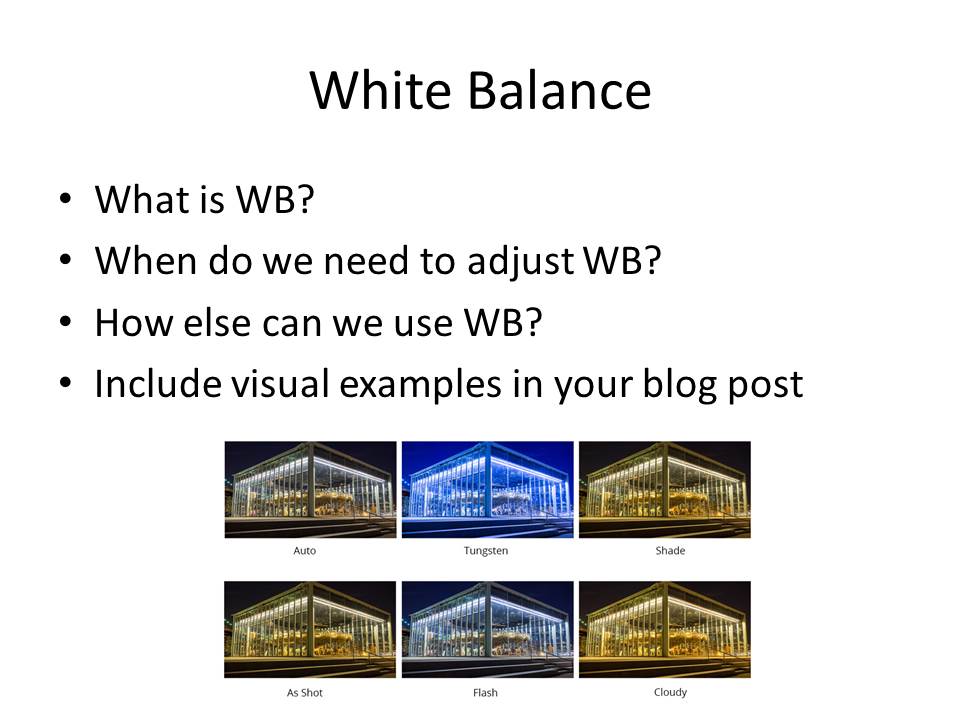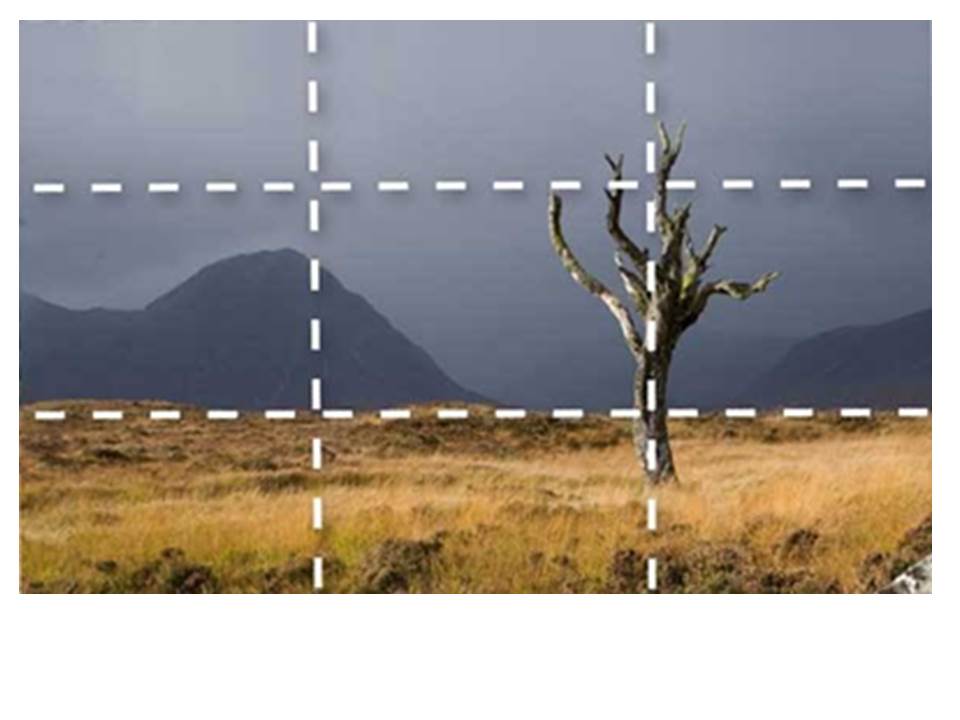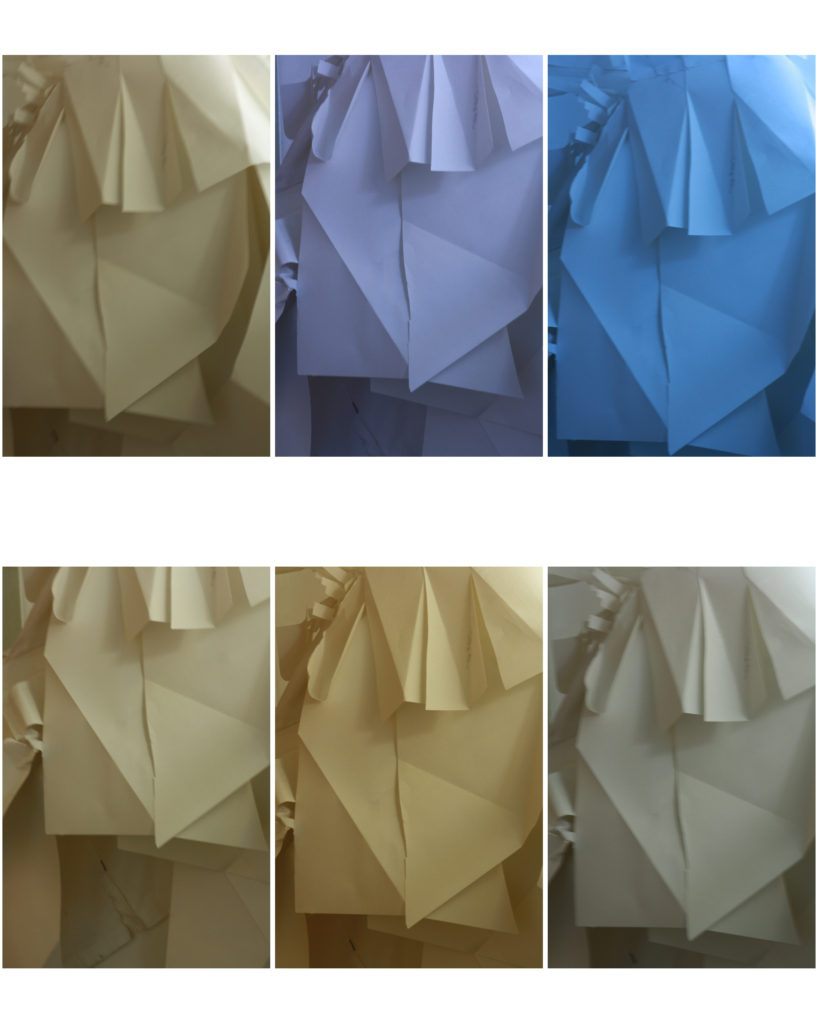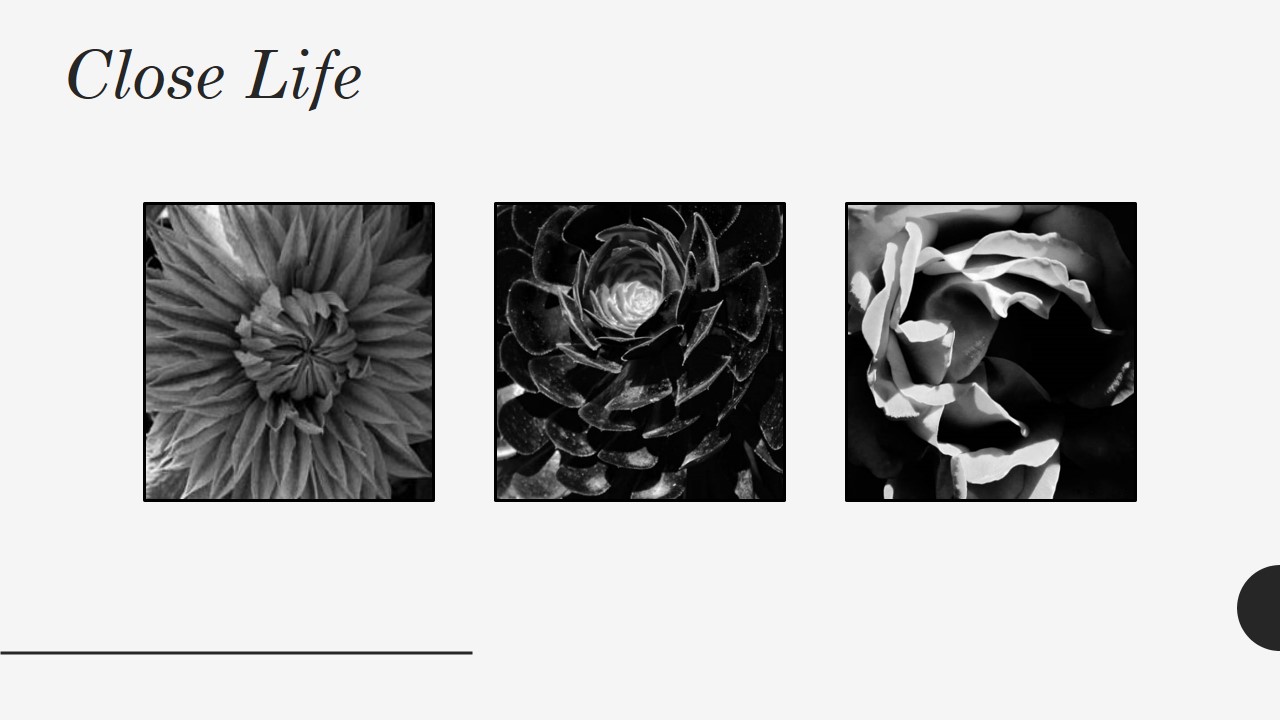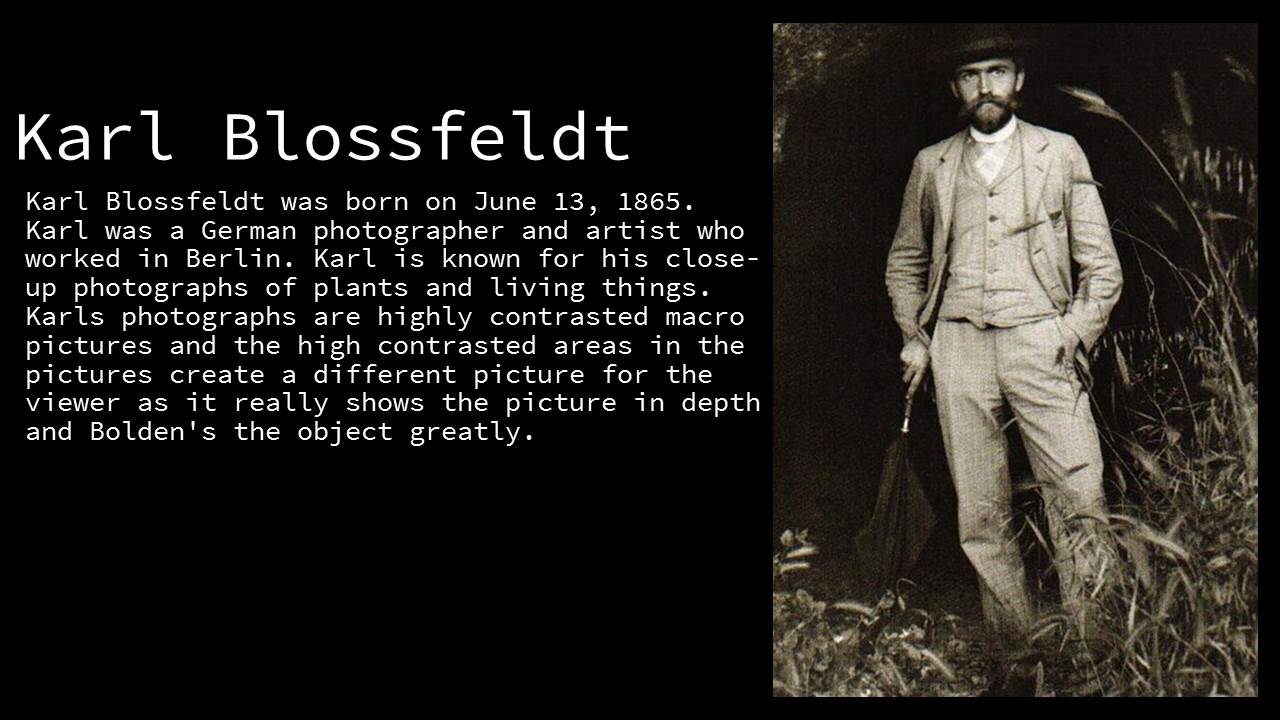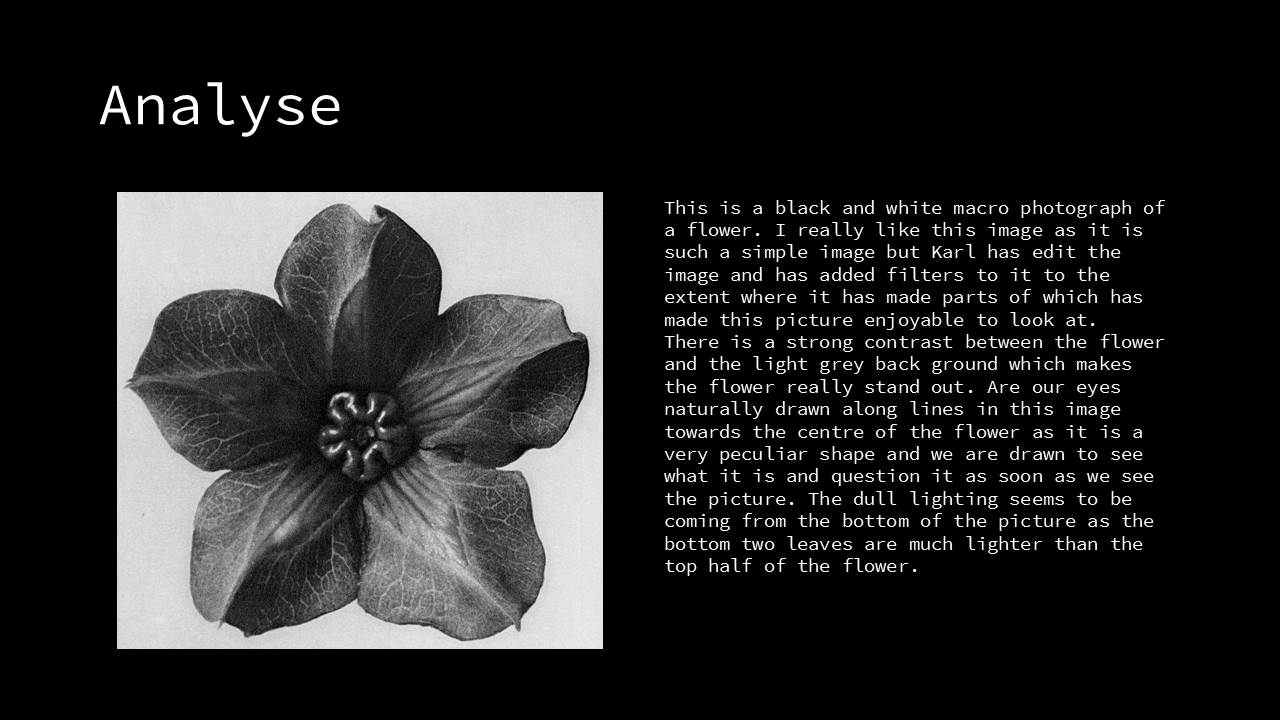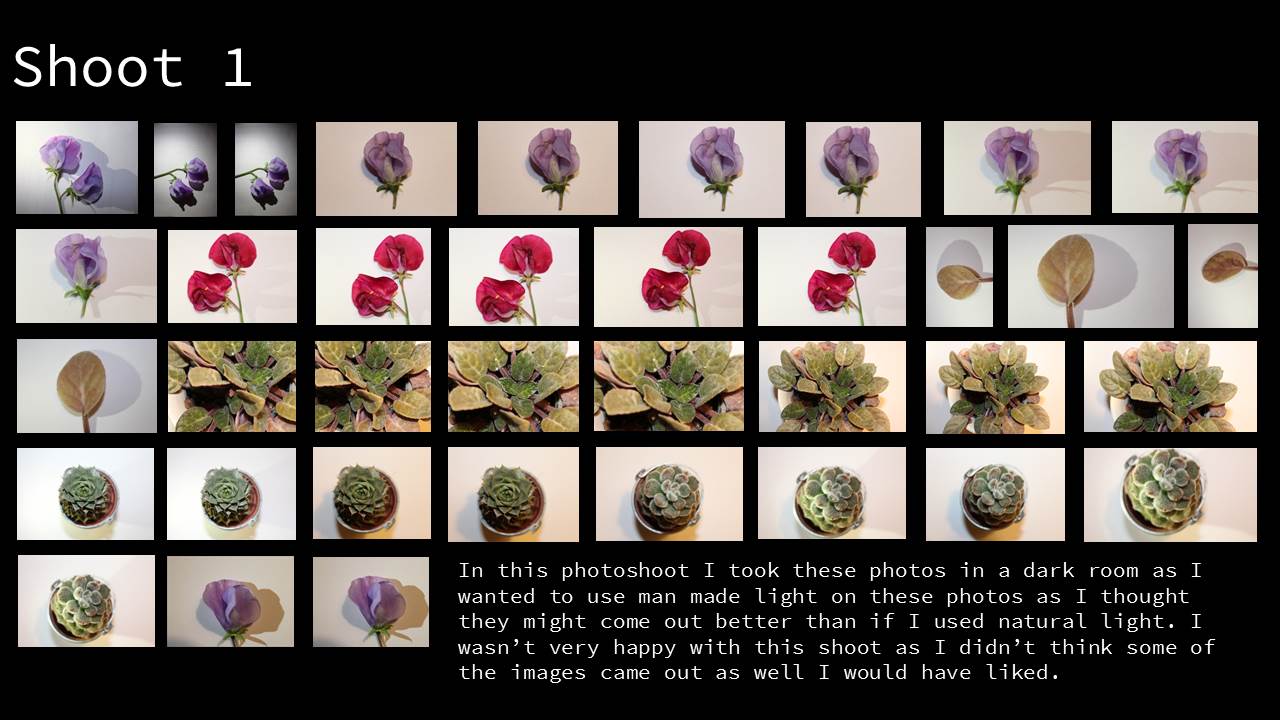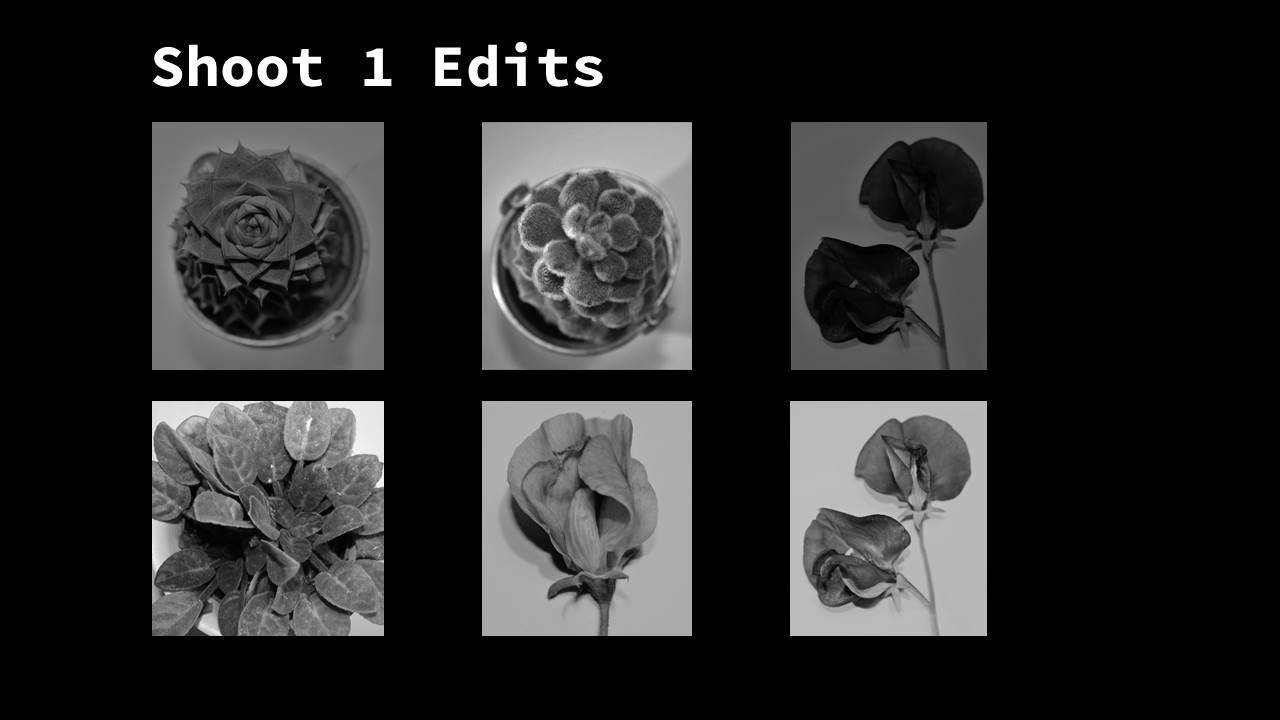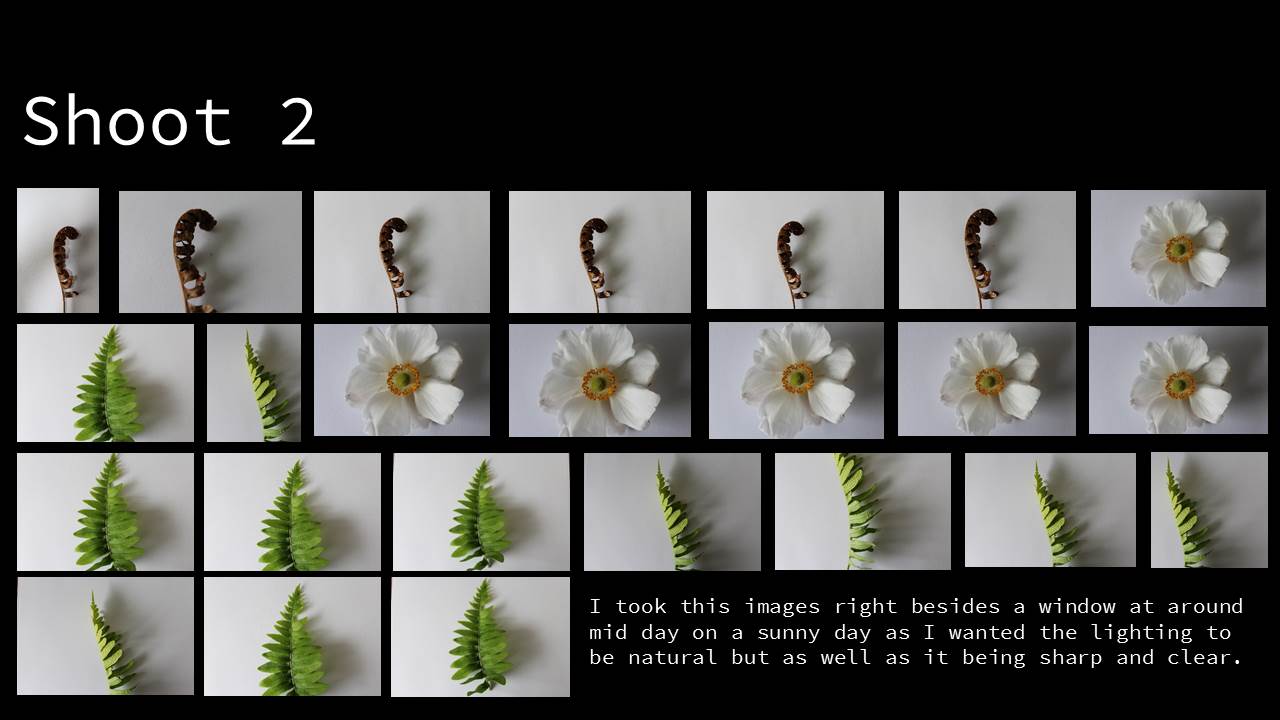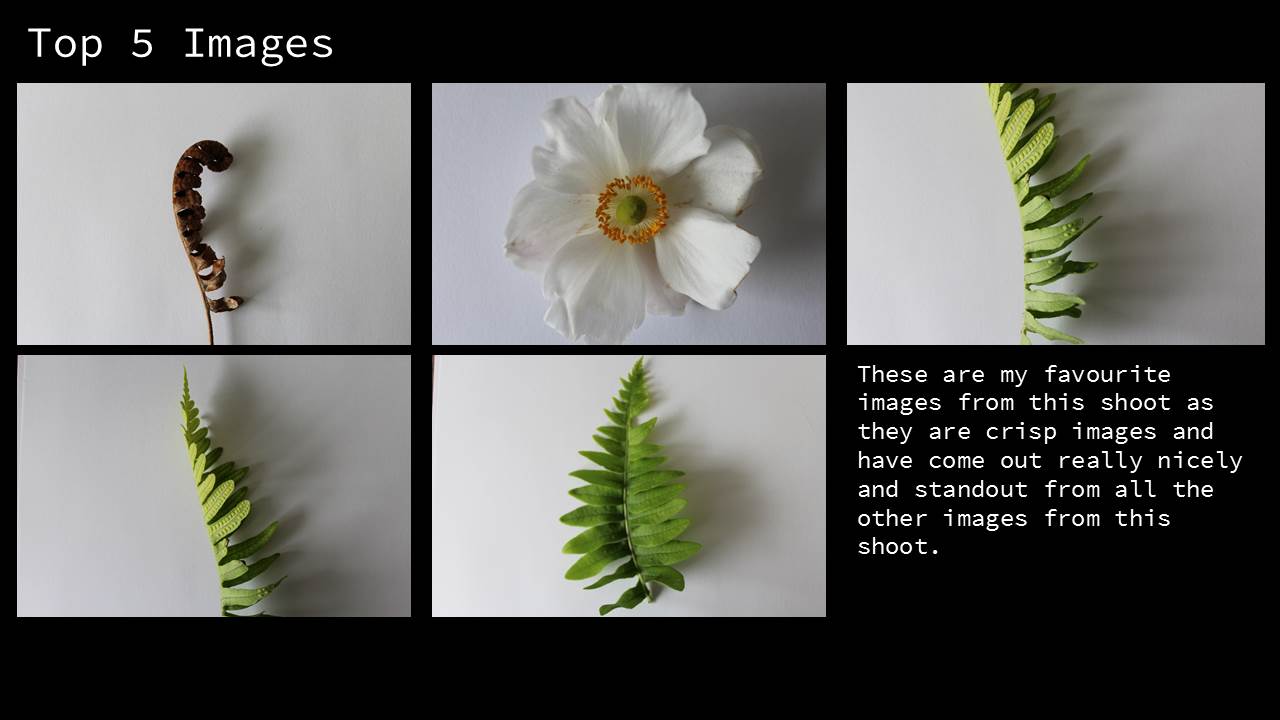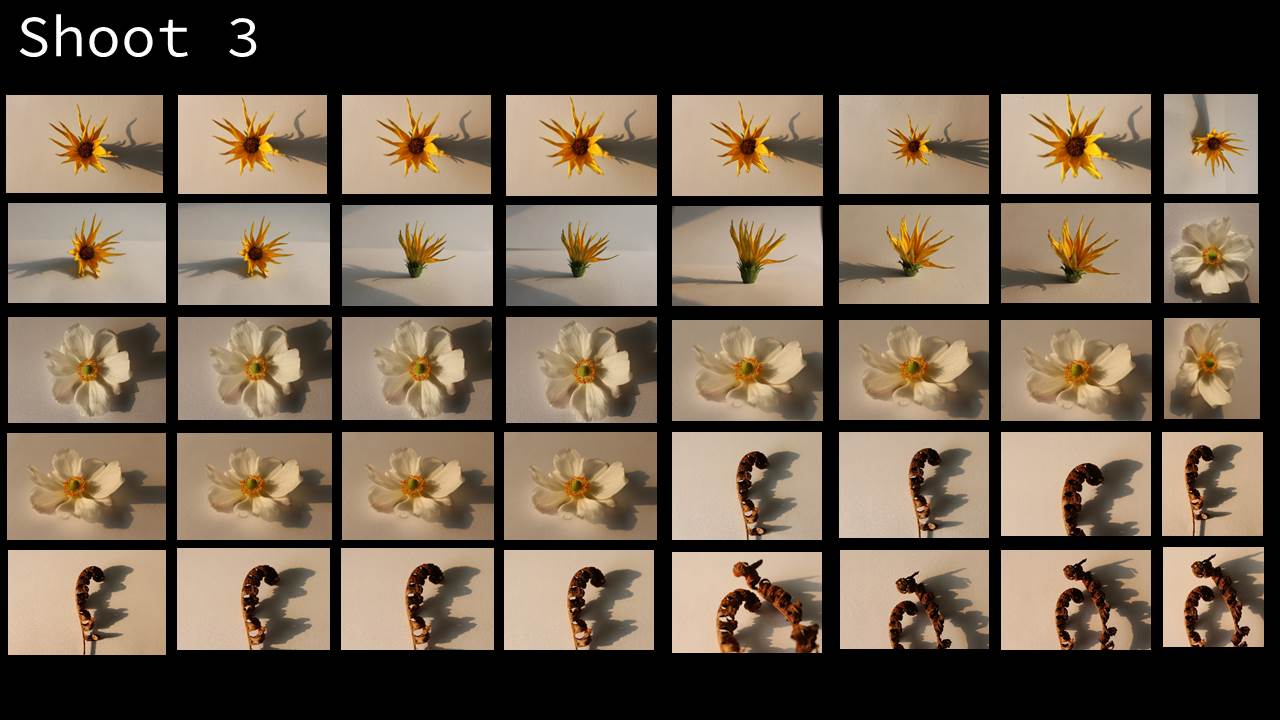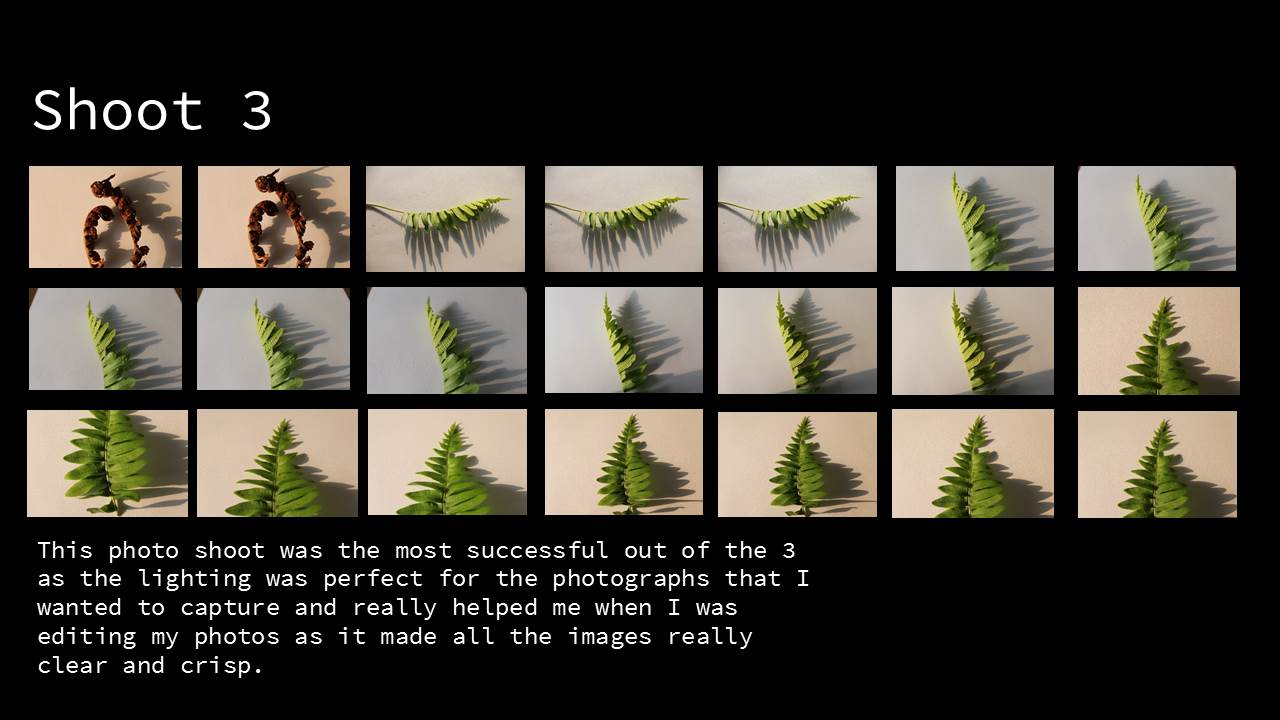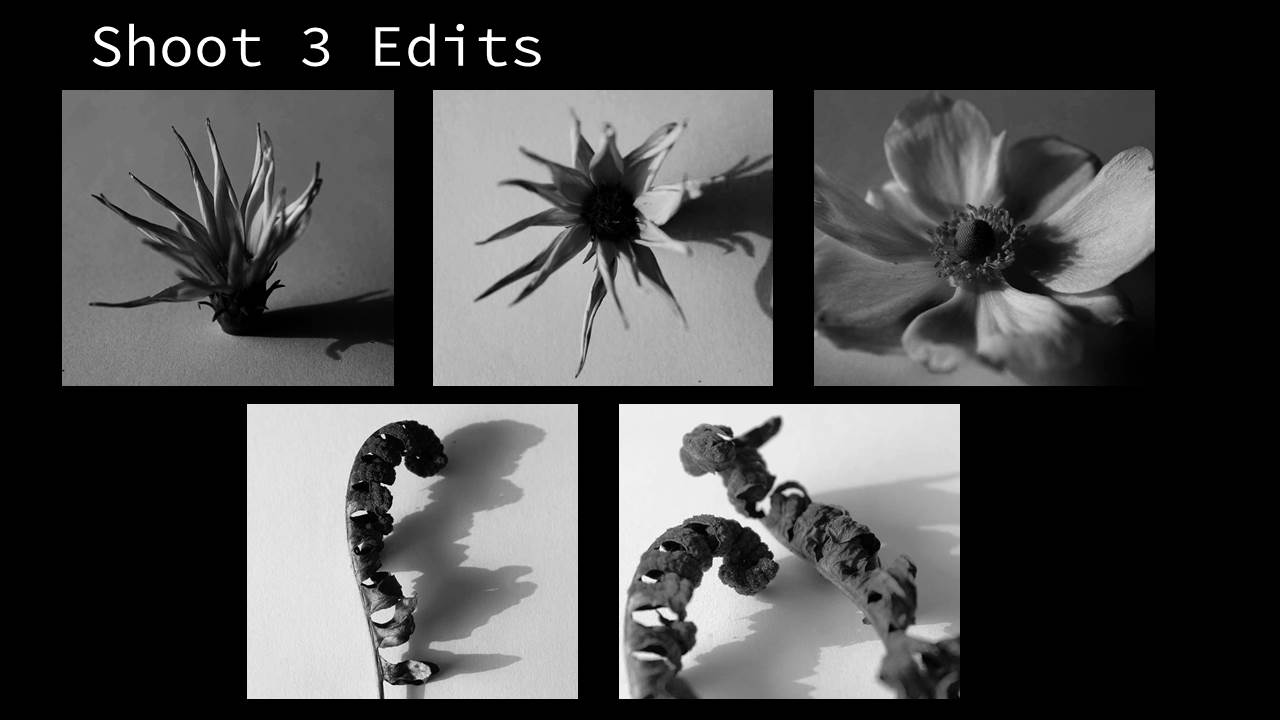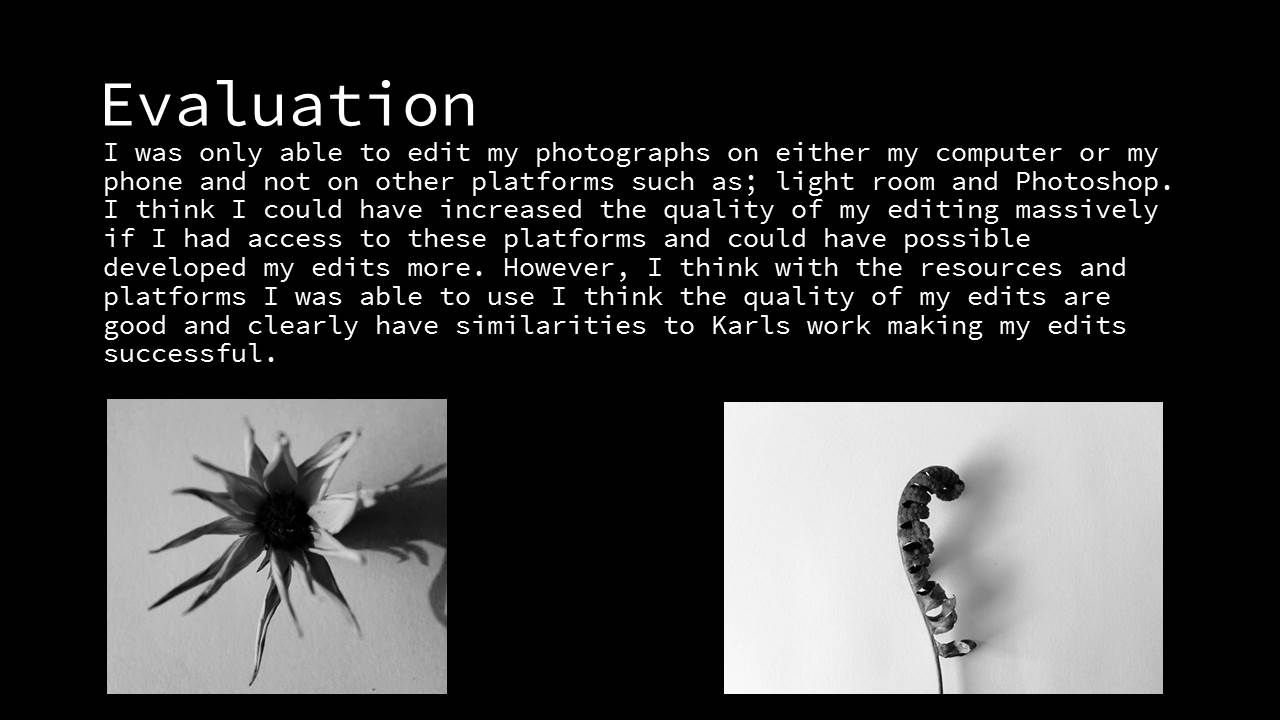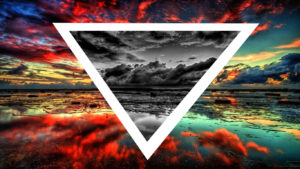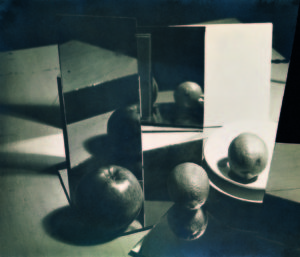Use C.E.L.L. to help you describe and analyse images. Be prepared to discuss…
Composition : layout, structure, depth, rule of thirds, balance, symmetry, leading lines
Exposure ; over exposed, under exposed, balanced exposure
Light : Natural, artificial, harsh, soft, overhead, side etc
Lens : wide angle, telephoto, standard, macro, fish eye, focal length, focal point, depth of field, foreground, midground, background etc
Use this link to explore camera skills…
Camera Skills
And create a set of blog posts that display your creative results and understanding of…
- camera handling skills as you learn them / explore them
- formal analysis of 1 x key image per photo shoot
- evaluative and reflective skills
- the role of contact sheets

